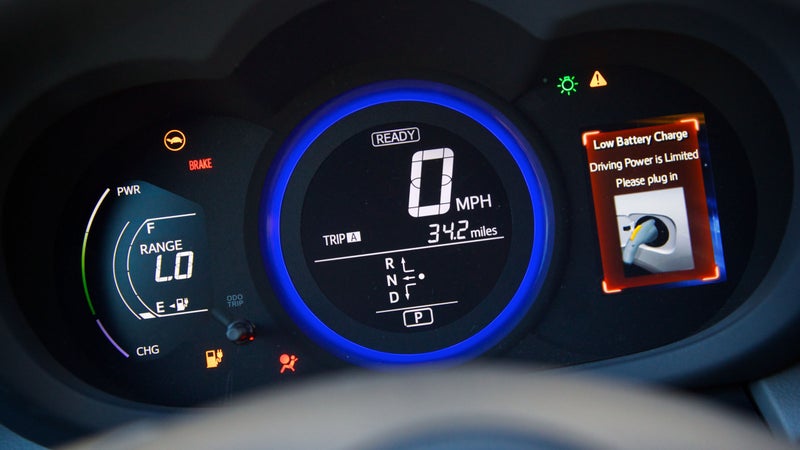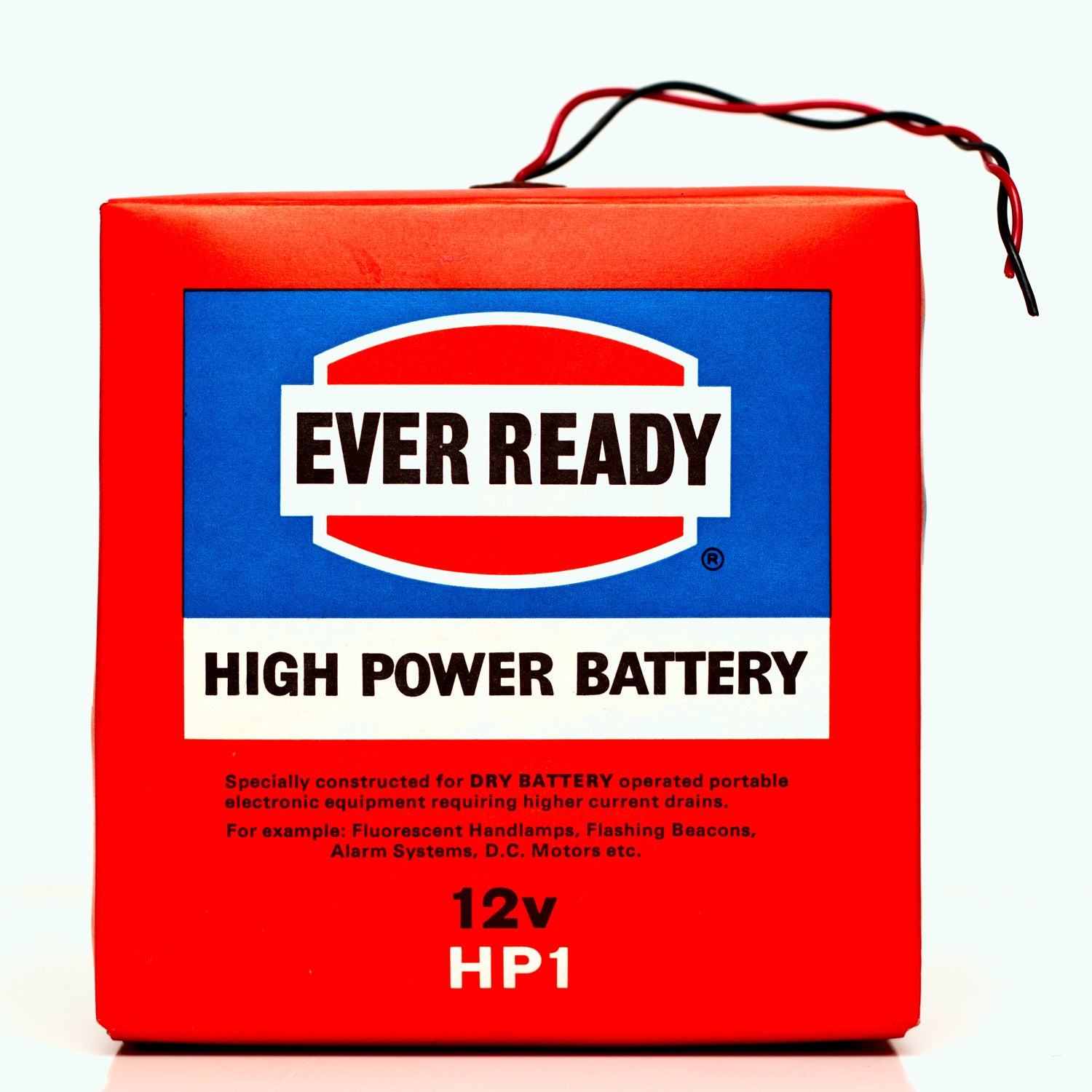Mankind has a battery problem. Our processors, memory, and sensors have evolved at an increasingly rapid pace, but just as we become more reliant on these technological marvels, their stupid batteries go and ruin all our futuristic fun. After all, a device’s advanced capabilities don’t matter if you can’t turn it on.
It seems like every other week, we hear about a new type of battery that’s invariably just around the corner and will bring our screens out of darkness. Most recently, it was . It sounds good and all, but damn it, I’ve been hurt before. Recently, we’ve been promised everything from to .
Today, most of the rechargeable batteries in our tech—from smartphones and smartwatches to Tesla’s Model S—are powered by lithium-ion batteries, first introduced by Sony in 1991. While this technology is miles ahead of what we had a couple decades ago, it still leaves much to be desired. For starters, Li-ion batteries are slow to charge. The other major problem: These batteries don’t hold enough power for our daily needs even when they’re brand new, and they hold less and less as they age. Also, they sometimes —which is bad.
We need something better. Thousands of are scientists working to create a battery that solves all our problems. The only issue? So far, it’s all vaporware.
Some groups are trying to make Li-ion batteries better. When lithium ions move through the battery, they cause tiny imperfections in the electrodes’ structure, which can diminish capacity and increase the risk of shorts—which could produce fires. One solution: so shorts can’t form, according to researchers at the University of Michigan.
“Most of the ‘breakthroughs’ that we read about from university, government, and private labs have unspoken or understated caveats, flaws, or inferiorities.”
Washington University researchers have another idea: Instead of using a liquid electrolyte, which is prone to leaking and then causing fires, what if that wouldn’t drip? Stanford wants to go with that fixes itself as soon as it breaks. Or we could follow Sharp and Kyoto University and replace the traditional cathode with one made of , which would theoretically allow for a laptop battery that could maintain 80 percent of its original charge after a whopping 10,000 charging cycles (compared to 300 cycles of present-day Li-ion batteries). Or, we could try , again from Stanford, which could extend battery life between two and four times as long.
Then there are the researchers looking beyond lithium. Did you know that silicon can store up to ten times as much energy as lithium? Imagine your phone lasting for ten days on a single charge. But silicon swells to three times its original size when fully charged, so some scientists are working to divide the battery into . Maybe Harvard is right and we’ll be using . Perhaps we’ll finally have a good use for all the sulfur waste we produce in oil refining and will become a reality. The next generation of swallowable monitoring devices could be powered by Carnegie Mellon’s edible battery made from . What about a temporary-tattoo-like battery that’s ? Or a small piezoelectric zinc oxide battery that’s ?��

Finally, the new battery du jour: . It promises to be charge super fast. It promises to hardly deteriorate. It promises to be cheap. It promises to not catch on fire. It sounds great. Except that it’s currently capable of producing only two volts of electricity, which is way behind Li-ion or even a nine-volt battery. In other words, you’re not going to be running a phone with it anytime soon.
Every one of these 16 battery solutions emerged in the past two years alone, which is impressive. The problem? While they all sound great, each has a flaw or two that has kept it off the market.
“Most of the ‘breakthroughs’ that we read about from university, government, and private labs have unspoken or understated caveats, flaws, or inferiorities,” says Steve Levine, author of the new book . “The bar for a super-battery for electric cars is very high on multiple plains; you can achieve superiority in one aspect and remain frustratingly distant from getting there on the others. These required dimensions include how far a battery will take a car on a single charge, how much it costs, and how fast it can allow a car to accelerate. So it is in the case of the Stanford aluminum battery, which has relatively low capacity and voltage, notwithstanding its impressiveness on other fronts.”
Help may be on the way, though, and it’s coming from some of the biggest companies out there. Last week, and is joining the ranks of companies like Apple, Virgin, and, of course, Tesla, which is currently building its own battery “gigafactory” in Nevada. “Google is impatient with the pace of advancement by battery companies and laboratories and have decided to try to accelerate innovation and invention by, in part, directing scientists to meet their particular needs,” Levine told ���ϳԹ���. “It’s not the money that has been a missing ingredient, but commercial and competitive discipline and urgency. Now these elements are there.”
So what’s the verdict? A lot of exciting ideas are out there, but most are stuck at the prototype phase and won’t benefit consumers for a while (if ever). But because battery life is such a huge problem for consumers, many of the leading tech companies have a vested interest in solving it, and they’re on the case. Hopefully this intersection of independent and corporate research will create a perfect storm that will bring some of these breakthroughs to market. Until then, I’m afraid you’ll be keeping that extra charging cable in your jacket pocket, just in case.


